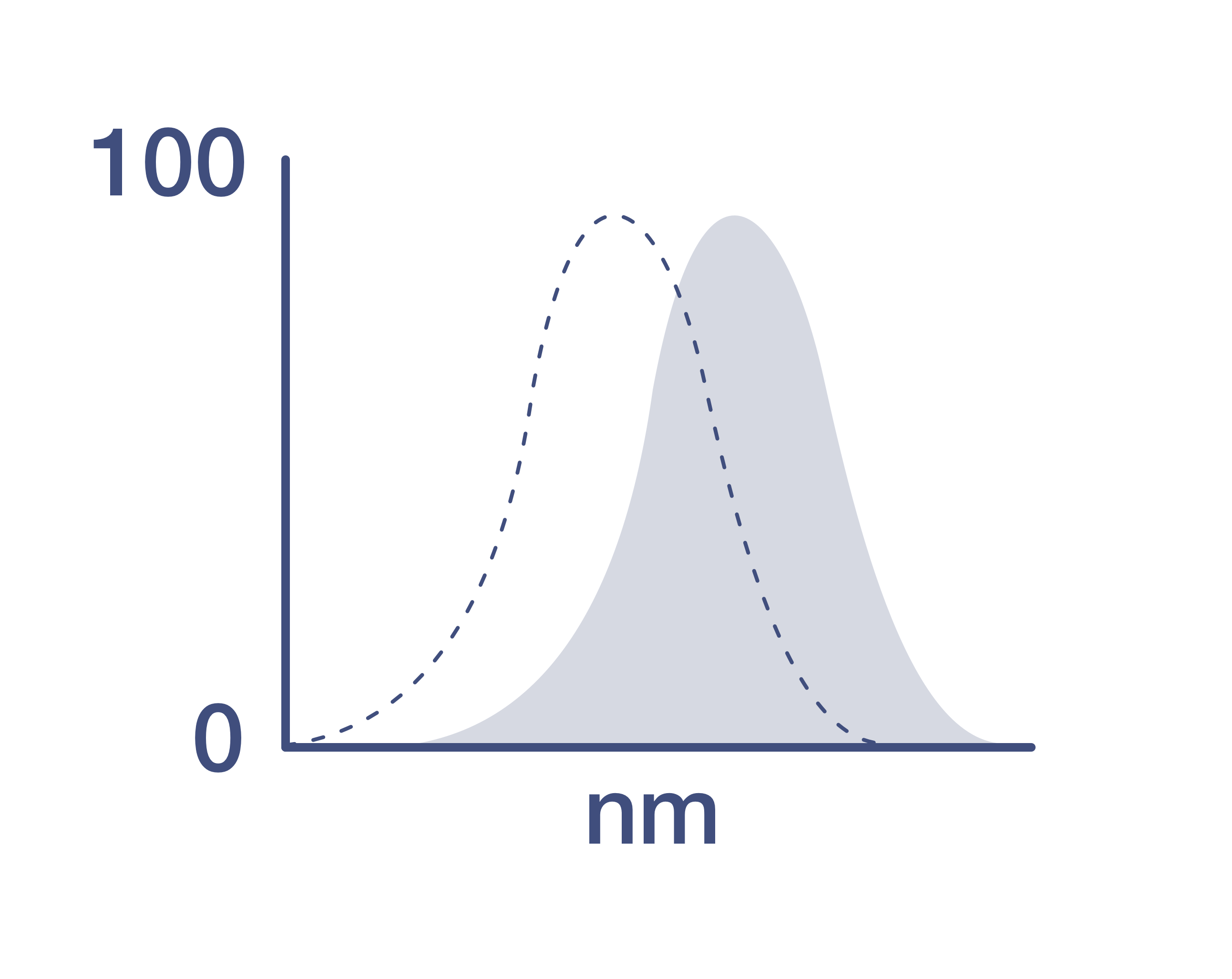Search Thermo Fisher Scientific
Product Details
MA1-81000
Species Reactivity
Host/Isotype
Class
Type
Clone
Immunogen
Conjugate
Excitation/Emission Max
Form
Concentration
Purification
Storage buffer
Contains
Storage conditions
Shipping conditions
RRID
Product Specific Information
Reconstitute with 1 mL of distilled water. After reconstitution, store product undiluted at 4ºC in the dark.
For FACS analysis, use 10 µL of the suggested working dilution to label 1x10^6 cells in 100 µL.
Mouse anti Rat CD161 antibody, clone 10/78 recognizes the rat Killer cell lectin-like receptor subfamily B protein, also known as NKR-PI or CD161.
Target Information
KLRB1 (Killer cell lectin like receptor subfamily B, member 1, CD-161) protein is classified as a type II membrane protein because it has an external C terminus. KLRB1 cell surface antigen is expressed by almost all NK cells and in a small subset of CD3+ve T cells. KLRB1 is a homodimeric cell surface protein, comprising two chains with molecular weights ranging from 40-44kDa. KLRB1 plays an inhibitory role on natural killer (NK) cells. Activation of KLRB1 leads to acid sphingomyelnase/SMPD1 stimulation and an increase in intracellular ceramide. Moreover, there is also an activation of AKT1/PKB and RPS6KA1/RSK1 kinase stimulation, and T cell proliferation by anti-CD3. KLRB1 acts as a lectin that binds to the terminal carbohydrate Gal-alpha(1,3)Gal epitope and to the N-acetyllactosamine epitope. KLRB1 also binds to CLEC2D/LLT1 as a ligand, and inhibits NK cell-mediated cytotoxicity as well as interferon-gamma secretion in target cells. The KLRB1 protein contains an extracellular domain with several motifs characteristic of C-type lectins, a transmembrane domain, and a cytoplasmic domain.
For Research Use Only. Not for use in diagnostic procedures. Not for resale without express authorization.
How to use the Panel Builder
Watch the video to learn how to use the Invitrogen Flow Cytometry Panel Builder to build your next flow cytometry panel in 5 easy steps.
References (0)
Bioinformatics
Protein Aliases: Antigen 3.2.3; CD161 antigen-like family member A; CD161 antigen-like family member B; CD161a; CD161b; Immunoreceptor NKR-P1E; Killer cell lectin-like receptor subfamily B member 1; Killer cell lectin-like receptor subfamily B member 1A; killer cell lectin-like receptor subfamily B member 1B; Killer cell lectin-like receptor subfamily B member 1B allele A; killer cell lectin-like receptor subfamily B member 1B allele C; killer cell lectin-like receptor subfamily B member 1F; Killer cell lectin-like receptor subfamily B member 1G; klrb1b {ECO:0000312|EMBL:AAQ11375.1}; klrb1b {ECO:0000312|RGD:2975}; MGC138614; natural killer cell receptor; Natural killer cell surface protein NKR-P1B allele RNK/SD/BN/F344; natural killer cell surface protein NKR-P1B allele TO; Natural killer cell surface protein NKR-P1G; Natural killer cell surface protein P1-3.2.3; Natural killer lectin-like receptor 1E; natural killer lectin-like receptor protein 1 e; NKR-P1 3.2.3; NKR-P1A
Gene Aliases: Klrb1; Klrb1a; Klrb1b; Klrb1d; Klrb1f; Klrb1g; Klrb6; NKR-P1A; Nkr-p1b; Nkr-p1e; NKR-P1G; Nkrp-1e; Nkrp1a; Nkrp1b; Nkrp1e; Nkrp1g
UniProt ID: (Rat) Q0ZUP0, (Rat) P27471, (Rat) A4KWA1
Entrez Gene ID: (Rat) 689817, (Rat) 362443, (Rat) 25192

Performance Guarantee
If an Invitrogen™ antibody doesn't perform as described on our website or datasheet,we'll replace the product at no cost to you, or provide you with a credit for a future purchase.*
Learn more
We're here to help
Get expert recommendations for common problems or connect directly with an on staff expert for technical assistance related to applications, equipment and general product use.
Contact tech support
